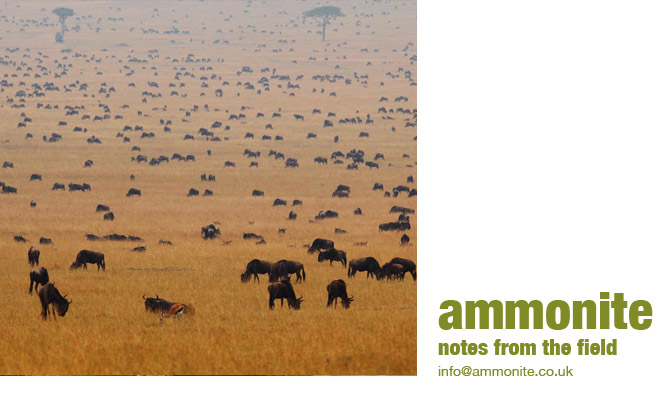
Rhino on Rhino Ridge
Rhino Ridge is hardly a ridge, more a huge gentle hill sitting between the northern boundary of the Mara reserve and the valley carved by the Mara river as it flows south then east towards Tanzania. The 'ridge' got its name for the fact that once it was a good place to see (and previously to hunt) rhino. Twenty years ago, I saw one there, shortly before a Mara ranger was arrested for colluding in the killing of one of the eight remaining rhinos in the Mara - and thereafter Rhinos were presumed more or less extinct in the Mara as a result of poaching for their horn.
Two days ago, there was a rhino strolling nonchanantly across the top of Rhino Ridge after an absence of twenty years Incredulous topi and zebra, who may have never seen a rhino before, watched. Nobody seems to know how many rhino there are in the Mara today (-or they’re not saying), but last night we saw yet another wandering around among Maasai villages in the dead of night, a hopeful sign that rhinos really are returning.







